The Apple iPad Pro Review
by Ryan Smith, Joshua Ho & Brandon Chester on January 22, 2016 8:10 AM ESTApple Pencil
At this point it probably goes without saying that Apple Pencil has been one of the major points of focus for this tablet. With the iPad Air 2, I noted that a proper stylus and keyboard would go a long way towards making the iPad more productivity focused. It turns out that Apple’s solution to the stylus part of the equation is a custom design that they call the Apple Pencil.
As best as I can tell, this stylus is at least somewhat capacitive-based. If Apple’s marketing material is accurate, it mentions a change from the 120 Hz sampling rate of the capacitive touch screen in normal use to 240 Hz when the stylus is detected. In addition to simple touch, the stylus measures pressure, azimuth, and altitude. When discussing azimuth, we’re basically looking at the angle that the stylus makes with the plane of the display, while altitude is the angle that the stylus makes relative to the normal of the display.
Charging the stylus is pretty simple. Included in the box is a female to female Lightning connector, so you can use a Lightning to USB cable to charge the stylus with either an AC adapter or a powered USB port. Of course, there’s also the case where you’re trying to charge the device on the go, in which case the stylus can be charged directly from either the iPad Pro or an iPhone. A lot of people have pointed out that this is a rather inelegant method of dealing with charging on the go, but given that the primary method of charging is through a Lightning connector I don’t really see any other solution to this problem, especially without compromising the ergonomics that come with the current design. Charging the stylus happens quickly enough that I never felt that it was a limiting factor in usage.
Apple Pencil itself is a comfortable instrument to write with. Unlike most styluses on the market designed to fit in a tablet or smartphone the body has a sufficiently large diameter that gripping it isn’t difficult for extended periods of time. The pencil also has an uneven weight distribution, which means that it won’t roll off of tables, though not so uneven that it's noticeable in the hand. The one problem worth noting here is that Apple Pencil is glossy plastic. After extended use I noticed that finger oil and lint had a tendency to produce an uncomfortable sensation. A matte soft touch texture may make more sense here, but that would introduce additional issues with the finish wearing off with extended use.
Credits to Nina Ling and Cory Ye respectively
Of course, the important part here is writing with the stylus. Although I’ve already discussed the application of note taking in class before, in the time since my initial remarks on the iPad Pro I decided to do an entire project report on Apple Pencil in order to get a better feel for the stylus and its usability. This was done for a digital logic project in which we were required to draw out finite state machine diagrams, truth tables, block diagrams, and other portions of the design. I would estimate that over the course of this project, I spent at least 4 hours a day using the iPad Pro for 2-3 days.
One of the most immediate observations I had was that in some ways, the iPad Pro with Apple Pencil is far and away superior to pencil and paper. Even using the rather spartan Notes app this became clear. There were multiple cases throughout this project where a change that would have been difficult to make with pencil and paper was relatively simple to do so with Apple Pencil and the iPad Pro. For example, in cases where extra precision was needed it was possible to zoom in to erase a portion of text precisely. When an erasure was done poorly or on accident, reverting it was trivial as well. The project report, which eventually spanned 16 pages in length was synced to iCloud and was accessible from laptops and smartphones, which meant that it would be difficult, if not impossible to lose accidentally. It’s also noticeably more convenient to carry around an iPad Pro rather than a folder filled with paper. Along the same train of thought, drawing long truth tables with the straightedge function of the Notes app is much easier than carrying around a ruler everywhere. It was also great to have the project requirements and the notes application open side by side, which meant that there wasn’t a need to print out the project spec.
One notable problem that I did encounter with the Notes app is when the work I was doing spanned more than one page/sketch. An example of this would be cases where I would have to construct a state table based upon a state diagram that was sketched based upon the project requirements. If the state diagram was on a separate page, then I would simply have to switch back and forth between the two sketches or save the relevant sketch as an image to view in the gallery application, which felt a bit clunky.
The other issue, as it turns out, was getting the sketches off of the iPad Pro onto my laptop once I was ready to turn my work in. On the plus side, because all of my sketches were already digitized there was no need to locate a scanner and generate images or PDFs. However, the Notes app felt noticeably constrained in terms of export options. For example, there was no way of turning the 16 sketches I had drawn into a PDF on the device. I also discovered that as of iOS 9.2 attempting to save all sketches as images was broken as only 5 of the 16 sketches were saved to the gallery. Exporting the sketches by attaching them to an email was also unacceptable as the email export resolution was nowhere near native resolution. In the end, in order to get all of the sketches I had made off of the iPad in full resolution I had to manually select each sketch and save it to the gallery, before uploading all of the images to Dropbox. From my laptop, I could then put all of the images together into a PDF or some other acceptable format for submission.
However, despite these issues I found that the iPad Pro was remarkable for doing what very few tablets have really succeeded at. The iPad Pro actually feels comparable to pencil and paper to the extent that I never once felt like I wanted to go back to pencil and paper while doing the final project. Both the display and the stylus have sufficient resolution to the extent that precise work is easily achieved. The feel of the stylus feels like a good pen or pencil, without odd weight distribution problems.
Latency is also exceptionally low compared to most consumer solutions. Out of curiosity, I borrowed a Wacom Cintiq connected to a Macbook Air with an Intel i5 4250U CPU (Haswell 1.3/2.6 GHz) to do a basic latency comparison. Using Adobe Photoshop on the Wacom Cintiq and Adobe Photoshop Sketch on the iPad Pro and a high speed camera, I attempted to characterize latency by using a simple pen tool (3 px, full flow) by measuring the delta in time from when the pen was at a specific point and when inking reached the same point.
| Stylus Latency - iPad Pro vs. Wacom Cintiq | ||||
| iPad Pro (Photoshop Sketch) |
Wacom Cintiq (Photoshop) |
|||
| Latency | 49ms +/- 4ms (3 frames) |
116ms +/- 4ms (7 frames) |
||
After a few trials I measured an approximate latency for the iPad Pro of roughly 49ms or 3 frames of delay, while the Wacom Cintiq in this configuration had roughly 116ms or ~7 frames of delay. It’s worth mentioning here that the camera I used was recording at 240 FPS, so these figures could be off by around 4ms even before accounting for human error. Although the Cintiq 22 HD does have higher latency, I wouldn’t put too much into this as it’s likely that a more powerful computer driving the display would narrow, if not eliminate the gap entirely.
For reference, I estimated the Surface Pro 3 to have about 87 ms or 5-6 frames of delay, and the Surface Book to have about 69 ms or around 4 frames of delay. However, in the case of the Surface devices I was using Fresh Paint, which is a drawing application that isn't exactly comparable to Photoshop but is sufficient for comparison purposes. To give an idea for how much the application has an effect on latency, the Apple Notes app has roughly 38 ms or around 2 frames of latency from when the stylus tip passes over one point to when the inking reaches the same point.
While not strictly hardware, the software equation is really a critical part here as there are actual applications for the Apple Pencil which make it possible to use right now. An example of this would be OneNote, uMake, and Adobe Comp CC/Photoshop Sketch. Some of these applications work shockingly well like Photoshop Sketch, while something like OneNote feels relatively sparse by comparison as pretty much the only thing you can do with the stylus is draw simple lines with pressure sensitive thickness, with some automatic conversion of drawings to basic geometric shapes. With the right software, I can easily see the iPad Pro completely displacing traditional note-taking in light of obvious advantages that would come with OCR and digitizing notes for easy search.


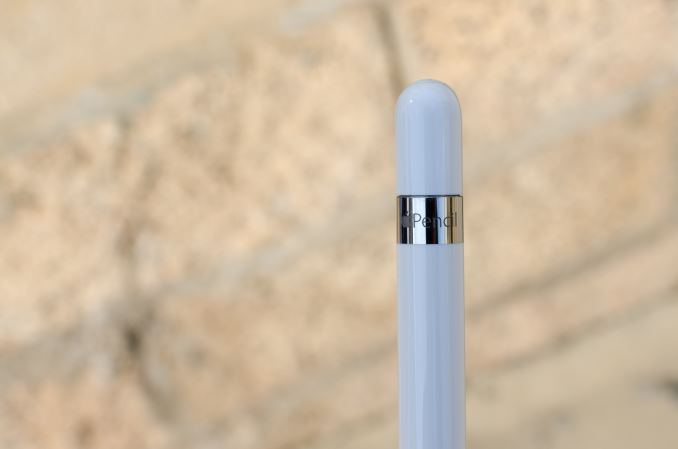
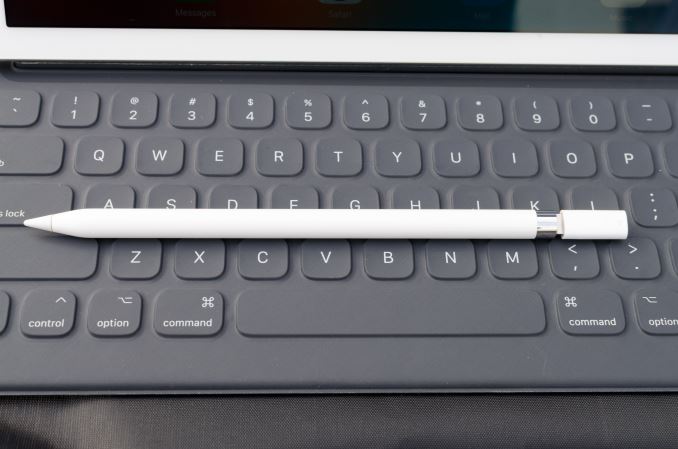
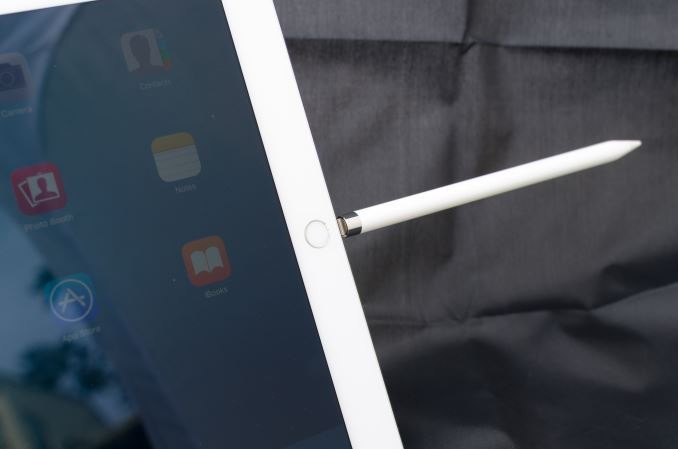

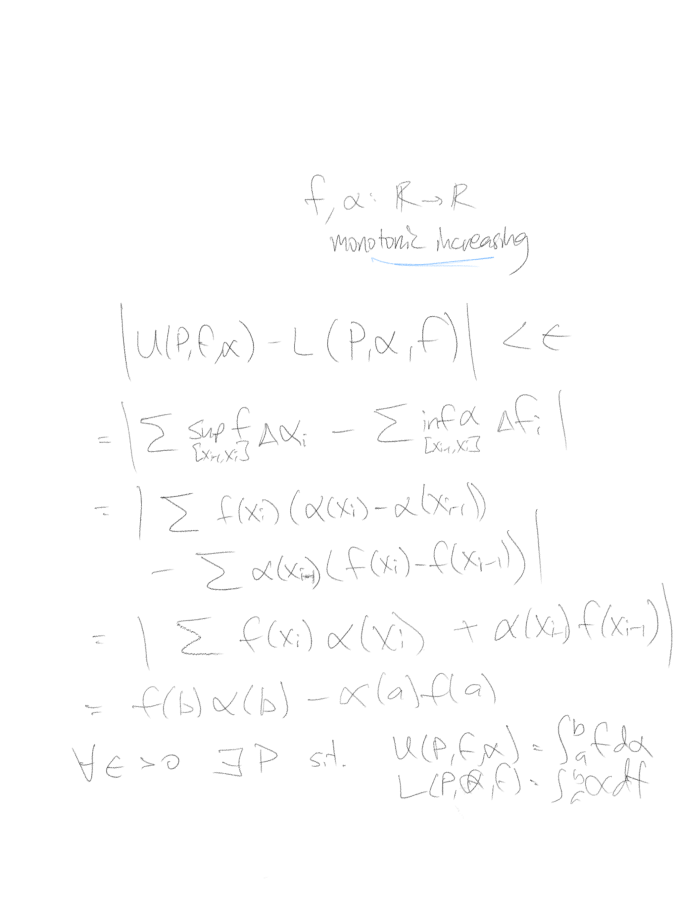
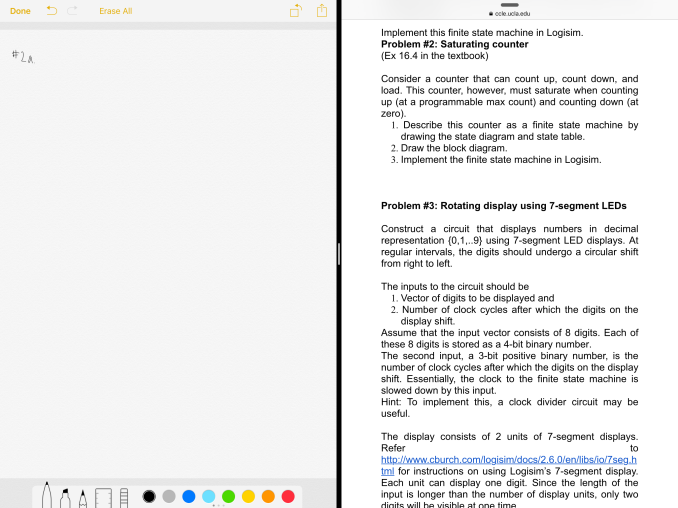
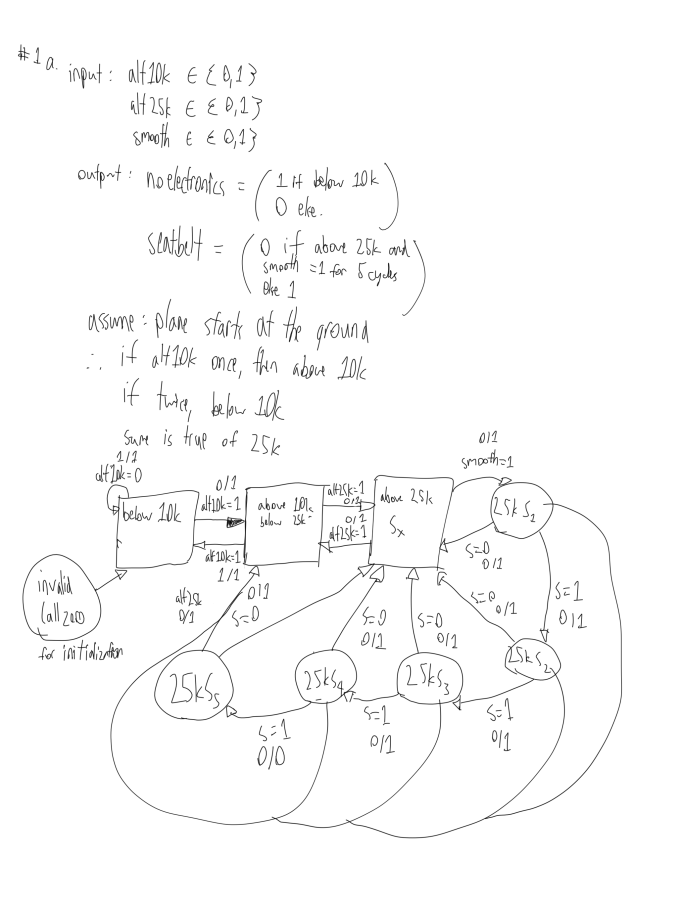
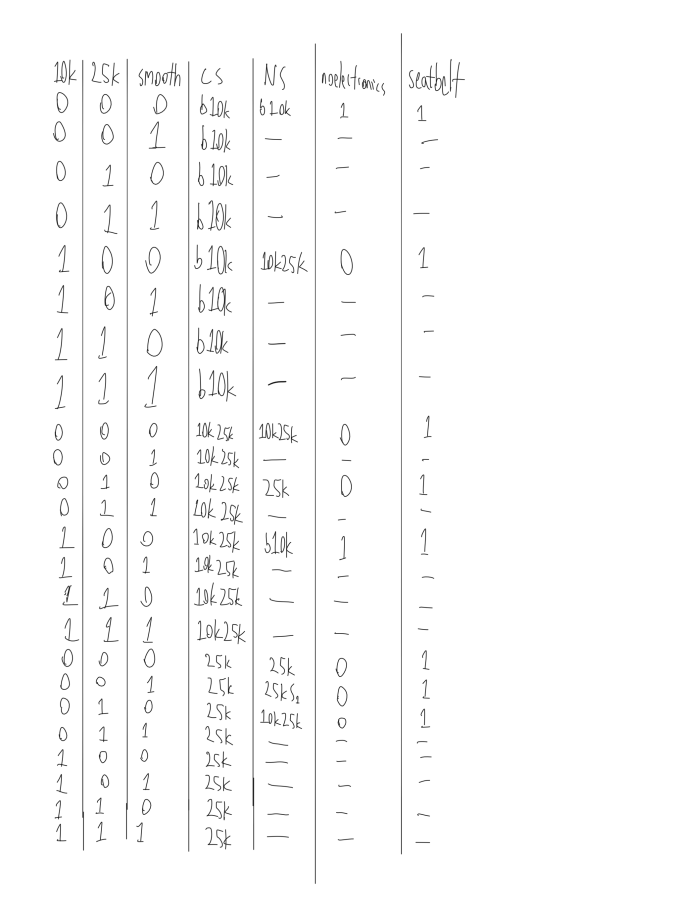

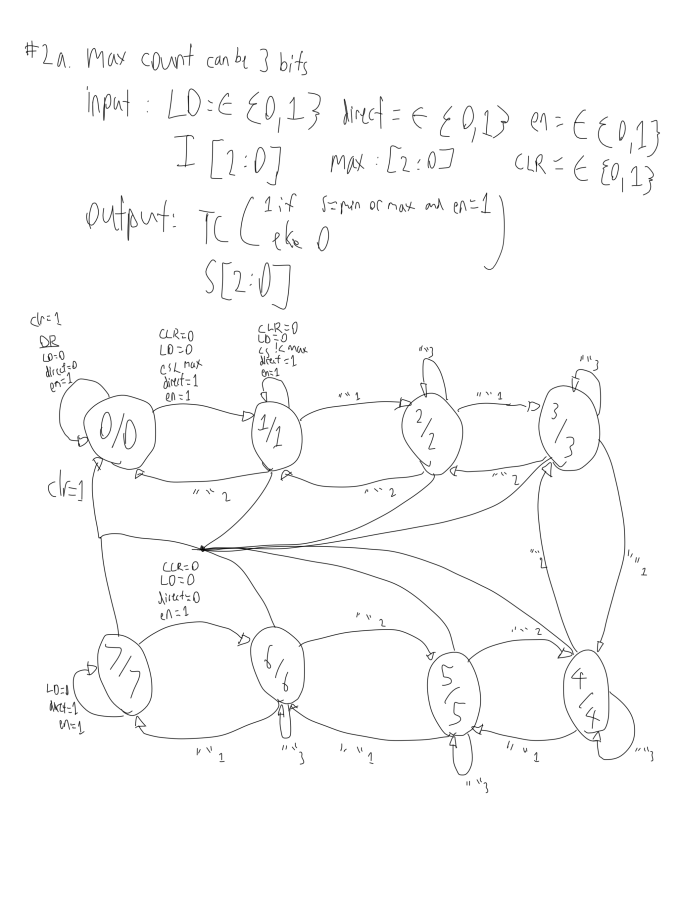
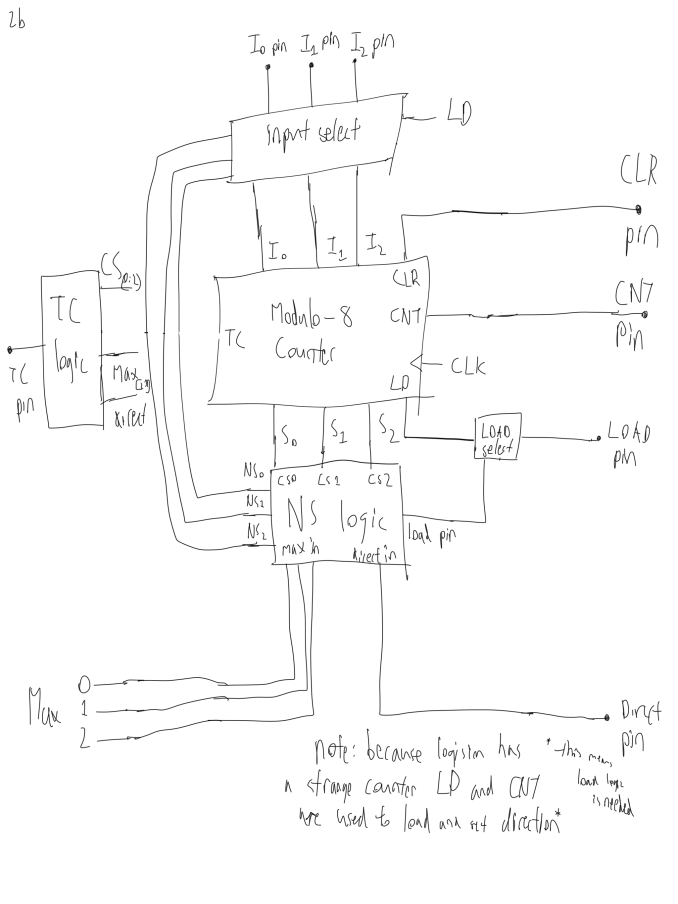
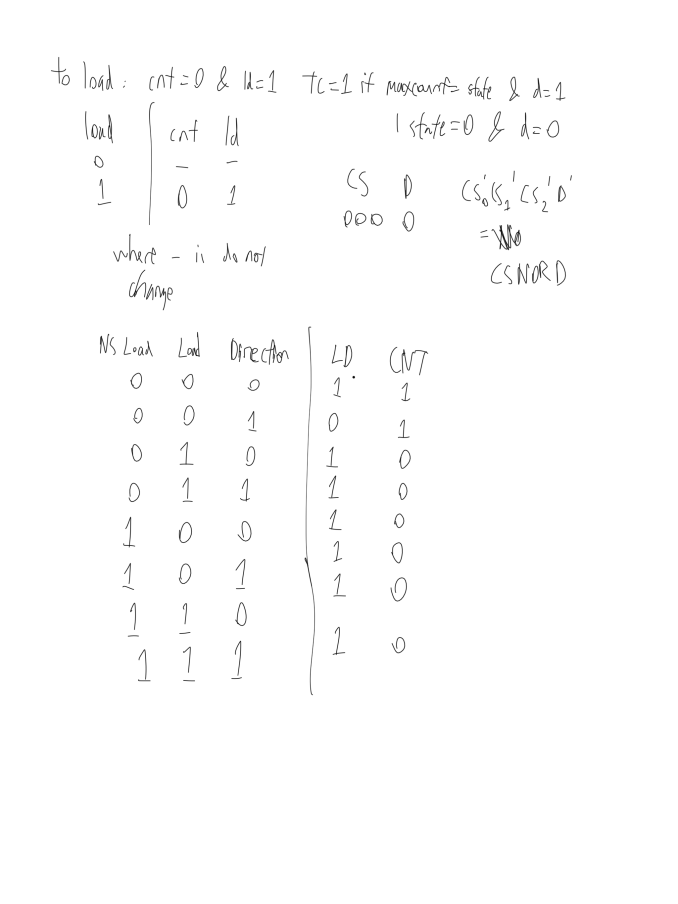
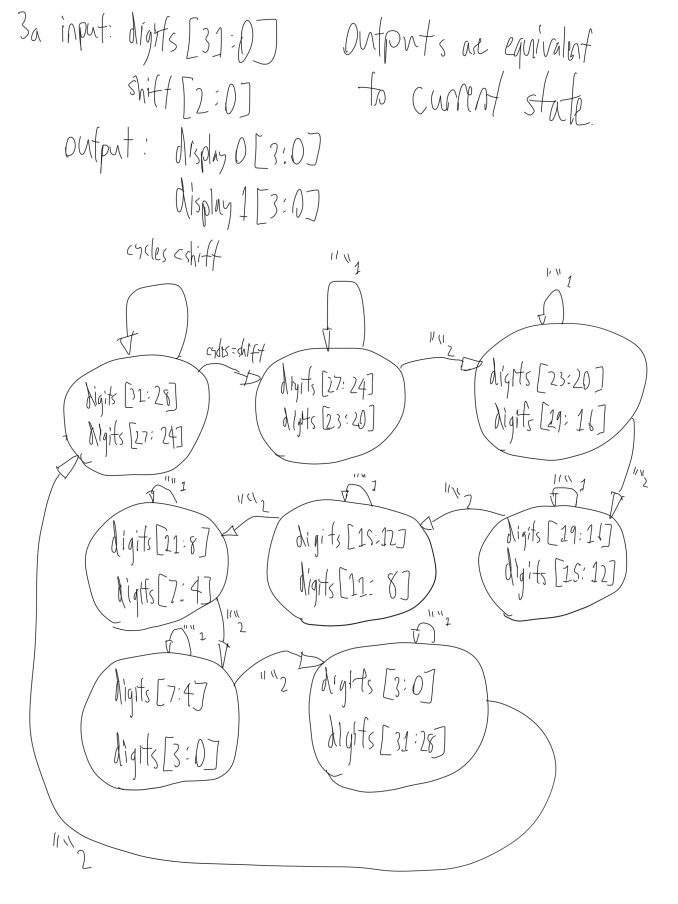

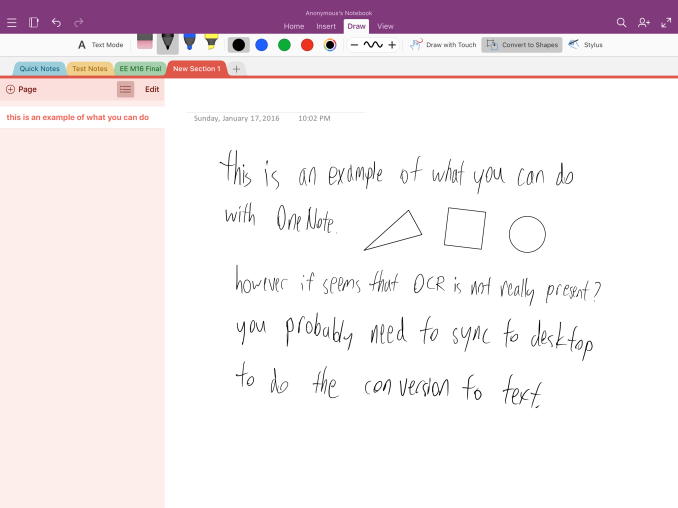








408 Comments
View All Comments
MathieuLF - Monday, January 25, 2016 - link
Obviously you don't actually work in a real office where they require lots of specialized software. What's the point of having one device to complement another? That's a waste of resources.LostAlone - Tuesday, January 26, 2016 - link
Totally agree. For a device to really be useful on a professional level then it needs to be something that is useful all the time, not just when it suits it. If you already wanted a tablet for professional stuff to begin with (a pretty shaky assumption since pro users tend to be working in one place where proper keyboard and mouse are usable) then you need a tablet that can be the only device you need to work on. You need something that you can put in your bag and know that whenever you arrive somewhere you are going to have every single tool you need. And that is not the iPad Pro. It's not even close to replacing an existing laptop. It's certainly very sexy and shiny and the big screen makes it great for reading comics and watching videos on the train but it's not a work device. It's simply not. Even in the only field where it might have claim to being 'pro' (drawing) it's not. It's FAR worse than a proper Wacom tablet because the software is so hugely lacking.It's an iPad dressed up like a grown up device laying in the shadow of actual professional grade devices like the Surface Pro. You get a Surface then you can use it 24/7 for work. You can buy a dock for it and use it as your primary computer. You can get every single piece of software on your desktop plus anything your employer needs and it's easy for your work sysadmins to include it in their network because it's just another Windows PC. Just dumb stuff like iPads refusing to print on networked printers (which happens ALL the time by the way) exclude it from consideration in a professional space. It's a great device for traditional tablet fare but it's not a pro device.
Constructor - Tuesday, January 26, 2016 - link
Your straw man scenarios are just that. In reality most users don't need every last exotic niche feature of any given dinosaur desktop software as a praeconditio sine qua non.Which you also might be able to deduce from the fact that most of those features had not been present on these desktop applications either when "everybody" nevertheless used them professionally even so.
In real life the physical flexibility and mobility of an iPad will often trump exotic software features (most bread-and-butter stuff is very much supported on iOS anyway) where the circumstances simply call for it.
Actual professionals have always made the difference notably by finding pragmatic ways to make the best use of the actual tools at hand instead of just whining about theoretical scenarios from their parents' basements for sheer lack of competence and imagination.
kunalnanda - Wednesday, January 27, 2016 - link
Just saying, but most office workers use a LOT more than simply notetaking, email, wordprocessor and calendar.Demigod79 - Friday, January 22, 2016 - link
Software companies only create crippled, lesser versions of their software because of the mobile interface. Products like the iPad are primarily touch-based devices so apps must be simplified for touch. Although the iPad supports keyboard input (and have for years) you cannot navigate around the OS using the keys, keyboard shortcuts are few and far between and and it still has touch features like autocorrect (and of course the iPad does not support a trackpad or mouse so you must necessarily touch the screen). The iPad Pro does not change this at all so there's no reason why software companies should bring their full productivity suite to this device. By comparison, PC software developers can rely on users having a keyboard and mouse (and now touchscreens as well for laptops and hybrids) so they can create complex, full-featured software. This is the primary difference between mobile and desktop apps. Just like FPS games must be watered down and simplified to make them playable with a touchscreen, productivity apps must also be watered down to be usable. No amount of processing power will change this, and unless the iPad Pro supports additional input devices (at the very least a mouse or trackpad) it will remain largely a consumption device.gistya - Sunday, January 24, 2016 - link
This is just wrong. There are many fully-fledged applications available on iPad. It comes with a decent office suite, plus Google's is free for it as well. I haven't touched MS Word in a couple of years, and when I do it seems like a step backwards in time to a former, crappier era of bloatware.Sure, I still use Photoshop and Maya and Pro Tools on my Mac, but guess what? iPad has been part of my professional workflow for four years now, and I would not go back.
Ask yourself: is a secondary monitor a "professional tool"? Heck yes. What about a third or fourth? What if it fits in your hand, runs on batteries, and has its own OS? Now you cannot find a professional use?
Give me a break. People who are not closed-minded, negative dolts already bought millions of iPads and will keep buying them because of how freaking useful they are, professionally and non-professionally. They will only keep getting more useful as time goes on.
The main legit critique I've heard is a lack of availability for accessories but that's a production issue, not a product issue. iOS 9 has been out for only a few months and the iPad Pro much less than that... companies have to actually have the device in-hand before they can test and develop on it. Check back in another year or two if it's not up to speed for you yet though.
That's what I did, waited for iPad 3, iPhone 3gs before I felt they were ready enough. 3gs for its day was by far the best thing out, so was the 4s. I don't think the iPad Pro is nearly as far back as the iPad 1 or iPhone 1 were when they launched but give it time...
xthetenth - Monday, January 25, 2016 - link
If you consider features to be bloat, I guess you could say that the iPad has full-fledged applications. It's not true, but you could say it. Actually trying to do even reasonably basic tasks in google sheets is horrifying next to desktop Excel. Things like straightforward conditional formatting, pivot tables, the ability to dynamically order the contents of a table and so on might strike you as bloat but they're the foundation of the workflows of people who make the program the cornerstone of their job. An extra monitor is a much better professional tool if it doesn't have its own special snowflake OS with different limitations and way of moving data.Relic74 - Saturday, February 27, 2016 - link
The fffice suits available aren't fully fledged applications, they are still just mobile apps. I can't open 80% of my Excel sheets on the iPad Pro simply because it doesn't support Macros. Visual Basic and Databases. Stop trying to convince everyone that the iPad Pro is a laptop replacement, it's not. It's just a bigger iPad, that's all. Which is fine and has it's uses, but the only people who would use the iPad Pro as an actual computer are the same ones who could get by using a ChromeBook. A professional person could use the iPad Pro, yes but they would have a focused purpose, which means only a few specific apps, the rest of time would be spent on a desktop or laptop computer. It's a secondary device.Relic74 - Saturday, February 27, 2016 - link
Their not crippled, just mobile versions and they have their uses. The problem I have with these comments is when someone says that the iPad Pro is immensely better than the Surface Pro 4. These are completely different devices intended for completely different tasks. These comparisons honestly need to stop, one doesn't buy a Surface Pro 4 to use as a tablet and vice versa. The iPad Pro is a content consumption device first and foremost. Yes there are some productivity apps and certain professions like a musician or an artist could take advantage of the iPad Pro's capabilities however it is not and I cannot stress this enough, is not a laptop replacement . Those that can use the iPad Pro as a laptop are the same types of people who can just as easily get by using a ChromeBook. The iPad Pro is a secondary device where as the Surface Pro is a primary device.IOS is just to limited in it's capabilities to be even considered as a standalone professional device. No, an Architect would not use the iPad Pro to design an house with, the Architect might use one to show off the plans to a client, mark down corrections with the Pencil. No, a programmer would not use the iPad Pro to develope on, he however might use one to create an outline of what needs to be done or even as a second monitor for his laptop. No, a musician would not use one to create his album with, he might use one as the brain for one of his synthesizer, a recording device, instrument, etc. it's a companion device, it's an iPad, nothing wrong with that but stop trying to convince everyone that it's some super computer with fantasy powers. Just the file system issue alone should be enough to tell you that the iPad Pro isn't really meant for connect creation.
FunBunny2 - Friday, January 22, 2016 - link
-- Modern software is very bloated memory consumption wise, especially software relying on managed languages, the latter are also significantly slower in terms of performance than languages like C or C++.well, that was true back in the days of DOS. since windoze, 80% (or thereabouts) of programs just call windoze syscalls, which is largely C++.